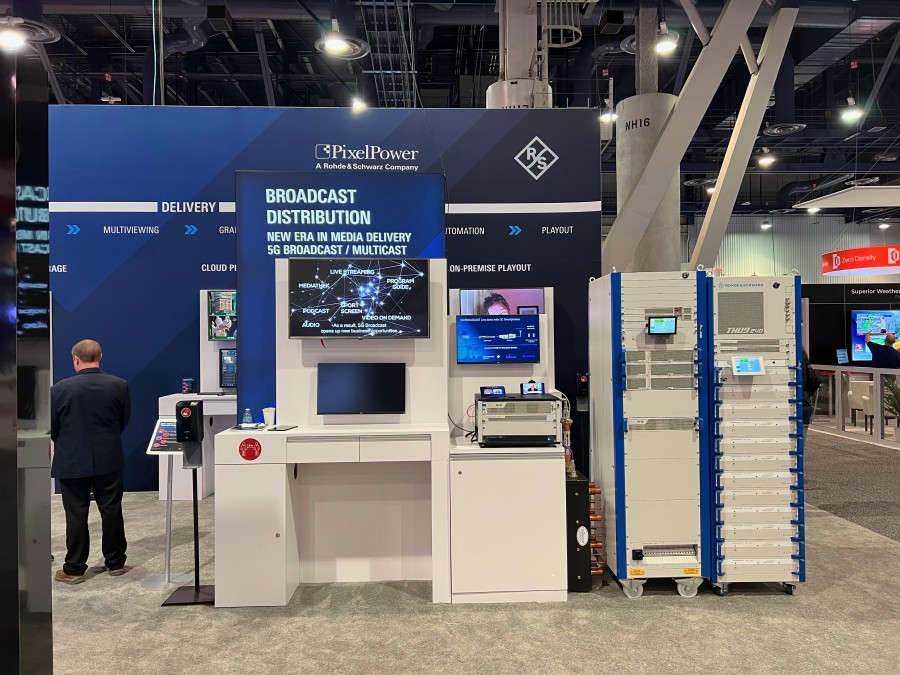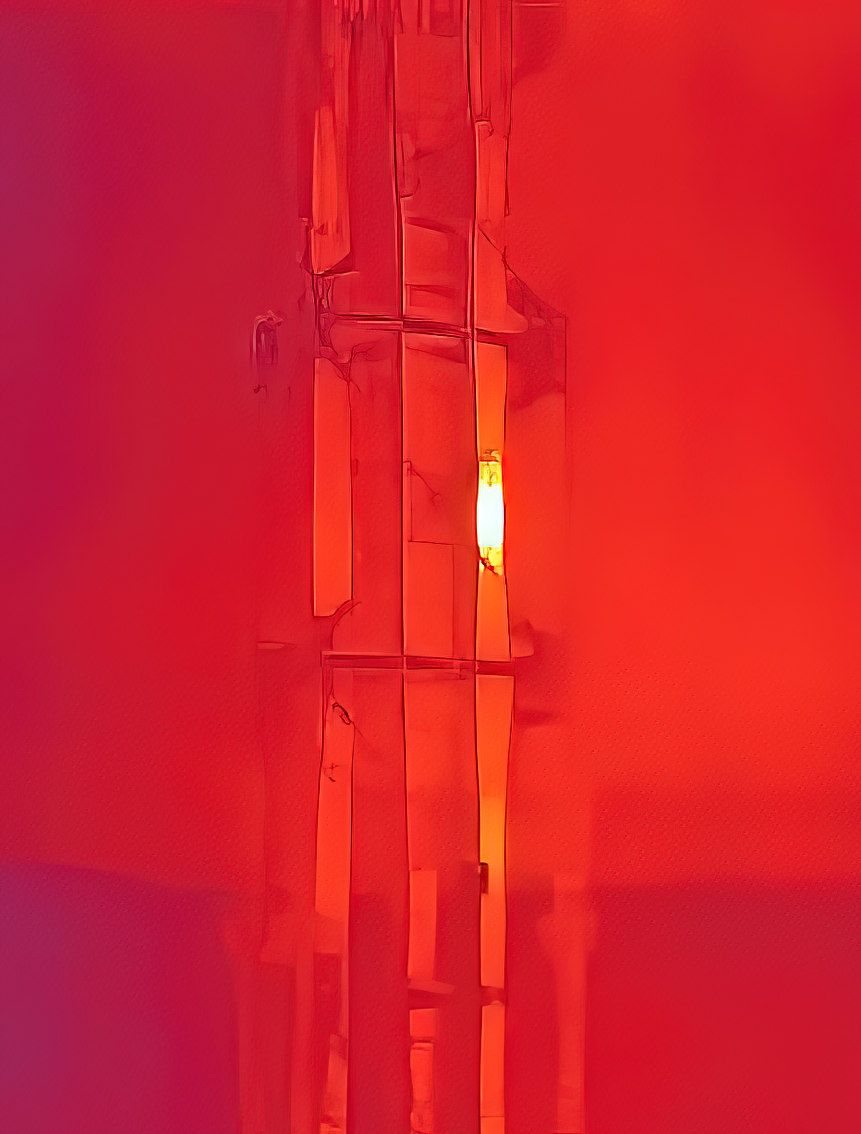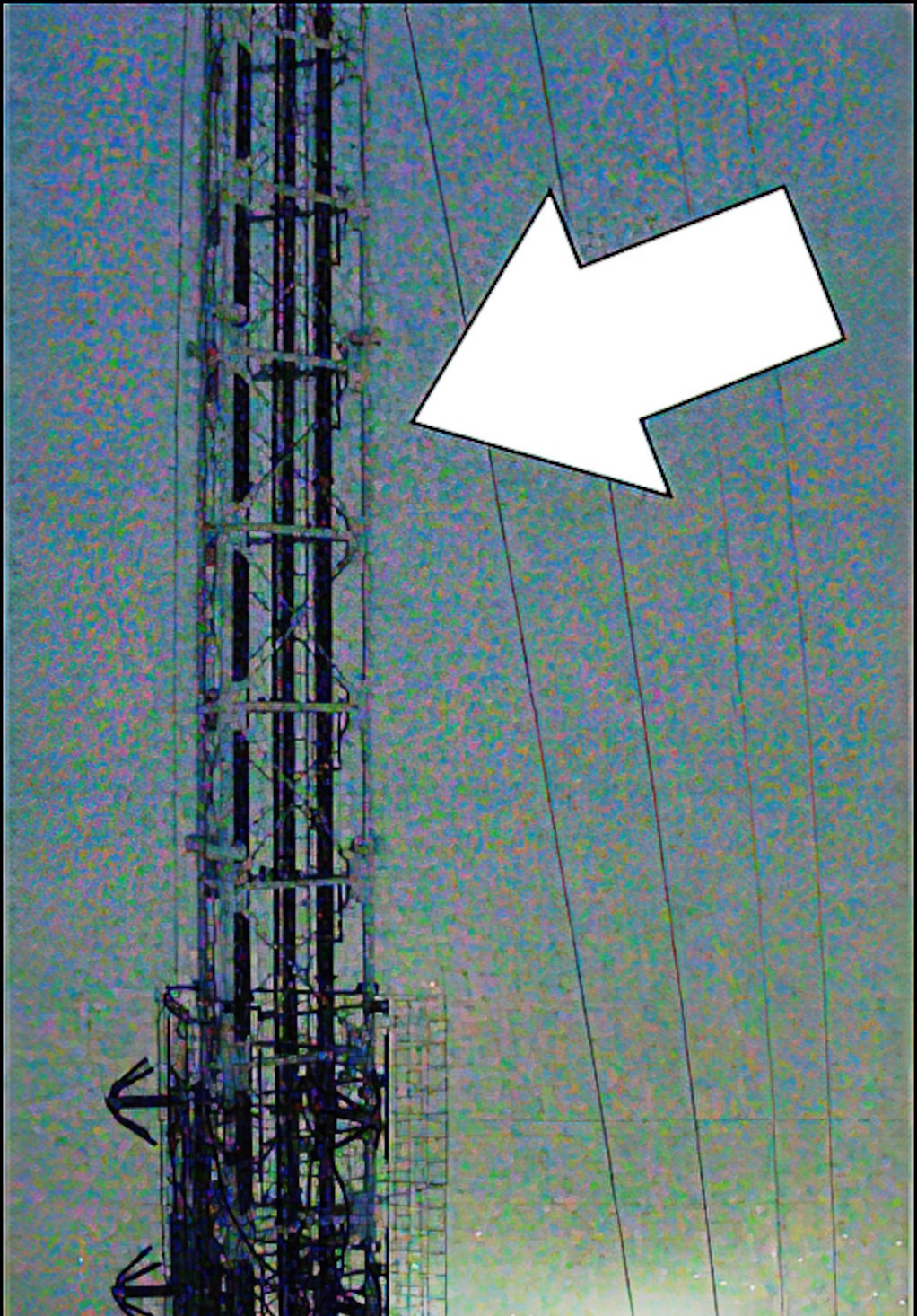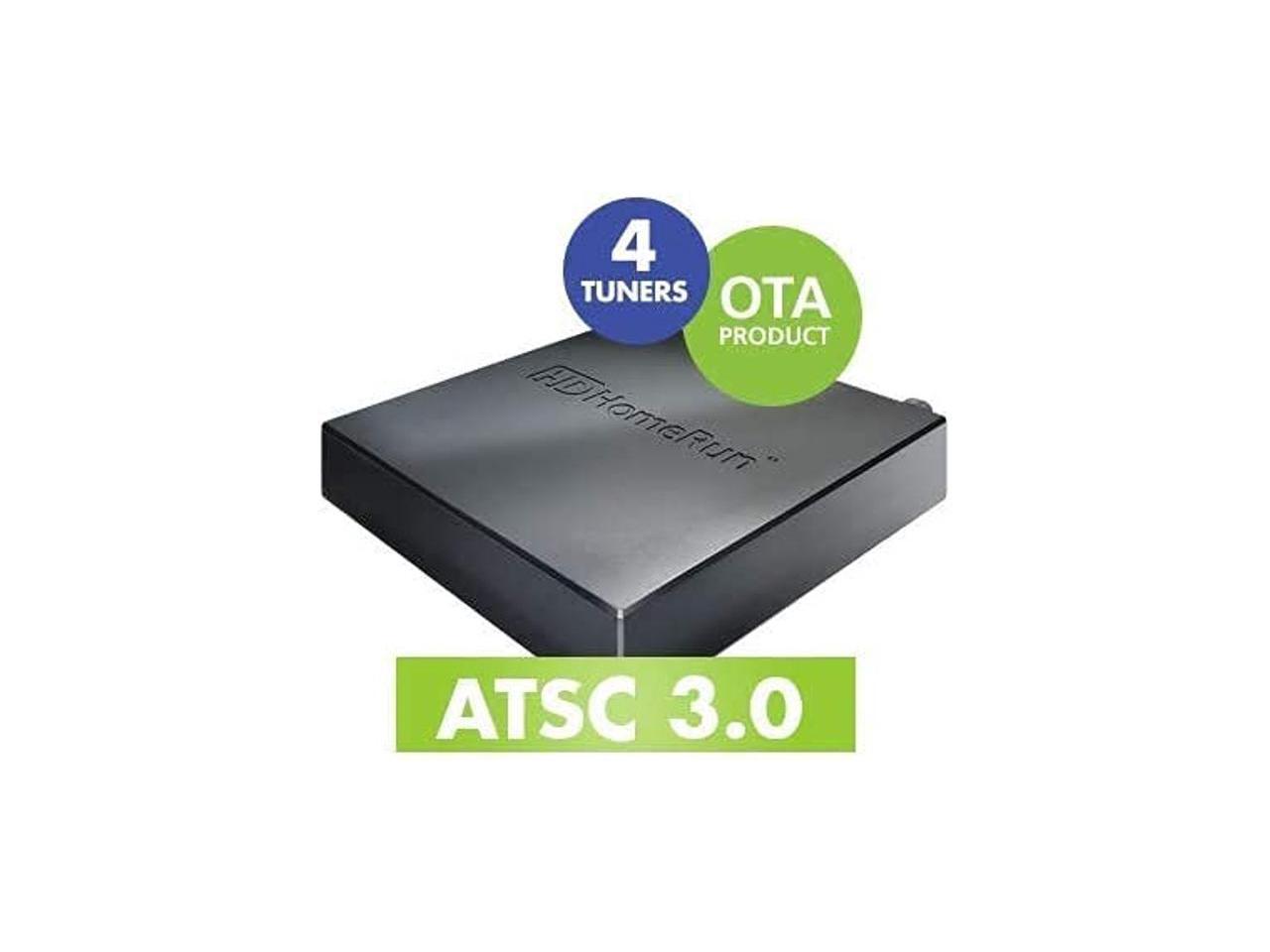More on RF At the 2022 NAB Show
A look at how 5G works within the broadcast environment, plus drone tower inspections and Silicon Dust's NextGen TV tuner

Part 2 of 2
In my last column I focused on ATSC 3.0 measurement gear at the 2022 NAB Show. This month I’ll review some of the other items I found interesting at the show and look at the Broadcast Engineering Conference’s discussion on using drones for tower inspections.
Transmitting—5G for Broadcast?
I wasn’t expecting any breakthrough technology in high-power UHF transmitters in Las Vegas but I did find time to visit three manufacturer’s exhibits and saw some interesting products. Rohde and Schwarz (R&S), which has been promoting the use of 5G for broadcast in the United States, featured its 5G transmitters for broadcasting. I wanted more details as I really didn’t understand how U.S. broadcasters would use 5G transmitters.
Since the ATSC 3.0 standard allows signaling different types of waveforms in the bootstrap signal, I thought R&S might be looking at using 3GPP 5G standards in the UHF TV band. It turned out R&S envisioned using these on existing UHF 5G wireless bands licensed to wireless operators in the U.S. One idea was that broadcasters—with their high-power, high tower sites—could provide low-cost, wide-area coverage.
A more likely scenario is wireless carriers will roll out their own 5G broadcast system and compete with broadcasters for content delivery. It will be interesting to see how this develops. For an example of how 5G and ATSC 3.0 could co-exist, Google the HP Enterprise business white paper “The Convergence of 5G and ATSC 3.0 Opens a New Era of Communications.”
Hitachi-Comark had a new compact, all-in-one transmitter built on their successful Parallax series. The transmitter uses liquid cooling with dual pumps for both the amplifiers and in-cabinet mask filter. Maximum power output for the EC700HP-BB3 is 13.2 kW. Installation is simple as it only requires hooking up power and running hoses to the outdoor heat exchangers. If that’s too much work, an air-cooled E-Compact transmitter line does not require an outdoor heat exchanger, but obviously sufficient air flow (and perhaps cooling) is required.
The simple installation of these transmitters could make them ideal for disaster recovery or backup, although the mask filter would have to be tuned to the desired channel if shared between stations.
Anywave also had more powerful UHF amplifiers, with a 4.5 rack unit “Marble” series transmitter providing outputting 2,200 watts. It uses the latest Ampleon BLF989E ninth-generation LDMOS chip, rated at a peak power of 1 kW and average power of 180 watts per device. Proper cooling will be essential for these compact devices.
What I found most interesting was Anywave’s chart showing a new gap filler design using a reference antenna. This is used to characterize the booster’s transmitter reflections from the surrounding environment. Anywave claimed rejection of the transmitted signal into the gap filler of up to 50 dB, allowing higher power. Download http://anywavecom.net/wp-content/uploads/2022/04/Anywave-Gap-Filler-Indoor-Flint-Series-Product-Specification-4-22.pdf for more data. I expect low-power gap fillers to become more common as ATSC 3.0 is deployed.
Innovation from South Korea's ETRI
The Korean booth at the NAB Show usually has some interesting ATSC 3.0 technology and this year was no exception. ETRI described a system using MIMO and a 1024QAM constellation to transmit over 100 Mbps in a single ATSC 3.0 RF channel. The design requires separate transmit antennas (one for horizontal and one for vertical polarization) and a receive antenna with separate outputs for horizontal and vertical polarizations.

This is obviously incompatible with existing receive antenna installations, so I asked if LDM could be used to provide a robust non-MIMO layer at reduced bandwidth for viewers without the outdoor dual-polarized antennas. I was told it was possible, but greatly increases complexity.
A more likely scenario would be a station provides only high-data rate service, requiring a special receive and likely professional antenna installation. A pay-only service might be possible if FCC subscription TV rules used by analog for-pay OTA companies like On-TV apply to digital broadcasts as well. Google “ETRI ATSC 3.0 MIMO” for a number of articles on the technology, many in Korean (use Google translate).
Inspecting With Drones
In a Broadcast Engineering Conference presentation at the NAB Show, Paul Shulins with Shulins Solutions showed how he uses drones to examine the thermal characteristics of antennas and transmission lines. TDR (time-domain reflectometry) measurements with a vector network analyzer can reveal major issues with transmission line connections but are less useful pinpointing problem areas inside antennas or heat-related problems that don’t change the line impedance.
Shulins uses a drone outfitted with a special IR camera able to detect minor temperature differences in the line. This is more complicated than it may sound at first because the outer on copper transmission line, particularly new line, tends to reflect IR and hide internal heating. Measurements are best made before the sun has had a chance to heat the line. This IR imaging as proven it's worth in several cases, which Shulins outlined.
All it takes is one bad transmission line connection to eventually take a station off air and potentially cause expensive damage to many sections of transmission line. In Fig. 1, a thermal image shows the hot spot in a line due to a bad “O” ring that resulted in damage to 150 feet of transmission line. In Fig. 2, the arrow on the visual image provides a higher resolution view of the line.


Due to the time of day when the visual image was taken there wasn’t much light. I stretched the contrast on the images to make the less illuminated and heated parts of the line and the tower more visible. The fault was not visible in a ground-based TDR sweep of the line. I’m now recommending IR inspections on new line installations to avoid future problems. For more information, visit https://shulinssolutions.com/drone-tower-inspections for more information.
Jason Schreiber, CEO of RF measurement provider SixArms, presented a paper on using drones to measure antenna patterns. I’ve covered drone antenna measurements in previous columns, so I won’t repeat the details. He noted measurements found several antenna patterns that didn’t match the expected pattern. In about 80% of the cases, they were due to installation errors, a common problem being the antenna rotated by one bolt hole. Manufacturers’ defects were less common.
Of course, tower reflections result in measured patterns from side-mounted antennas being quite different than the free-space patterns. While ground measurements were enough to find that error, drone measurements would be required to discover more subtle discrepancies. SixArms also had some new measurement equipment at the NAB Show (for more information, visit www.sixarms.com).
Testing NextGen TV on the Road
For ATSC 3.0 reception on the road, I have an early Airwavz Redzone receiver using the original LG demodulator.The SiliconDust ATSC 3.0 IP HDHomeRun gateways use the new Sony chip and in my limited testing seem to perform better than the old Airwavz tuner.

The problem is the SiliconDust tuner requires an IP connection. Just hooking it up to the laptop’s Ethernet port results in complaint about no Internet access. I have found a way using NetworkManager in Linux to configure a shared connection between a wireless Internet link and the device and the laptop, but it is complicated.
A much simpler solution was to buy the small TP-Link TL-WR902AC AC750 wireless travel router that connects to the hotel WiFi, provides an Ethernet port for the SiliconDust tuner, and a wireless connection to the laptop for both. The device may also come in handy when working on equipment in the field that requires an Ethernet connection as the equipment could be connected by cable to the router and accessed anywhere in the room on a laptop using WiFi—no need to string an Ethernet cable across the floor.
As always, I welcome comments and questions. Email me at dlung@transmitter.com. I try to answer all emails promptly, but if I’m busy and the email gets buried, I might miss it. If you don’t get a response within a week or so, email me again.
Get the TV Tech Newsletter
The professional video industry's #1 source for news, trends and product and tech information. Sign up below.

Doug Lung is one of America's foremost authorities on broadcast RF technology. As vice president of Broadcast Technology for NBCUniversal Local, H. Douglas Lung leads NBC and Telemundo-owned stations’ RF and transmission affairs, including microwave, radars, satellite uplinks, and FCC technical filings. Beginning his career in 1976 at KSCI in Los Angeles, Lung has nearly 50 years of experience in broadcast television engineering. Beginning in 1985, he led the engineering department for what was to become the Telemundo network and station group, assisting in the design, construction and installation of the company’s broadcast and cable facilities. Other projects include work on the launch of Hawaii’s first UHF TV station, the rollout and testing of the ATSC mobile-handheld standard, and software development related to the incentive auction TV spectrum repack. A longtime columnist for TV Technology, Doug is also a regular contributor to IEEE Broadcast Technology. He is the recipient of the 2023 NAB Television Engineering Award. He also received a Tech Leadership Award from TV Tech publisher Future plc in 2021 and is a member of the IEEE Broadcast Technology Society and the Society of Broadcast Engineers.
